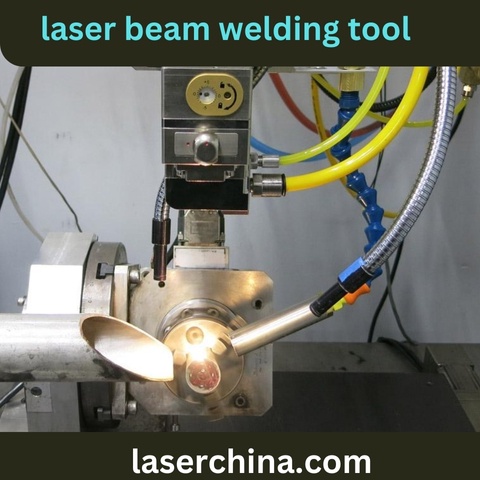Laser beam welding has emerged as a pivotal technology in modern manufacturing processes due to its precision, efficiency, and versatility. This guide aims to provide a comprehensive understanding of laser beam welding tool, their functionalities, applications, and best practices for optimal performance.
Understanding Laser Beam Welding Tools: Laser beam welding tools utilize concentrated beams of light energy to join metals with unparalleled precision. These tools consist of several key components:
-
Laser Source: The heart of the system, the laser source generates the high-energy beam used for welding. Common types include solid-state lasers (such as Nd:YAG and fiber lasers) and gas lasers (like CO2 lasers). Each type offers unique advantages concerning power, wavelength, and beam quality.
-
Optics System: The optics system comprises lenses, mirrors, and beam delivery mechanisms responsible for focusing and directing the laser beam onto the welding area with utmost accuracy. Beam delivery options range from fixed optics setups to robotic arms for versatile welding configurations.
-
Control System: Precision control is paramount in laser welding. Advanced control systems manage parameters like laser power, pulse duration, frequency, and beam positioning to ensure optimal weld quality and consistency.
Applications of Laser Beam Welding Tools: Laser beam welding tools find application across various industries, including automotive, aerospace, electronics, and medical devices, owing to their ability to produce high-quality welds in thin and thick metal components. Key applications include:
-
Automotive Manufacturing: Laser welding enables the production of lightweight, durable automotive components like body panels, exhaust systems, and battery enclosures, contributing to fuel efficiency and vehicle safety.
-
Aerospace Fabrication: In aerospace engineering, laser beam welding facilitates the assembly of intricate components with minimal heat-affected zones, crucial for maintaining structural integrity and reducing weight in aircraft and spacecraft.
-
Electronics Production: The precise and non-contact nature of laser welding makes it ideal for joining delicate electronic components, such as microcircuits and sensors, ensuring reliability and performance in electronic devices.
Best Practices for Laser Beam Welding:
-
Material Selection: Choose materials compatible with laser welding, such as stainless steel, aluminum, titanium, and certain plastics, and ensure proper surface preparation to minimize impurities and oxidation.
-
Optimize Parameters: Fine-tune laser power, pulse duration, and welding speed according to material thickness, joint geometry, and desired weld penetration to achieve optimal results without compromising structural integrity.
-
Quality Assurance: Implement stringent quality control measures, including in-process monitoring and post-weld inspections using techniques like ultrasonic testing and X-ray imaging, to detect defects and ensure weld integrity.
-
Operator Training: Provide comprehensive training to operators on laser safety protocols, equipment operation, and maintenance procedures to prevent accidents and maximize productivity.
Conclusion: Laser beam welding tools represent a cornerstone technology in modern manufacturing, offering unparalleled precision, efficiency, and versatility across diverse applications. By understanding the fundamentals of laser beam welding tool and adhering to best practices, manufacturers can harness the full potential of this technology to achieve superior weld quality and drive innovation in various industries.


No comments yet